Acid Violet 43
- CAS NO.:4430-18-6
- Empirical Formula: C21H16NNaO6S
- Molecular Weight: 433.41
- MDL number: MFCD00068446
- EINECS: 224-618-7
- SAFETY DATA SHEET (SDS)
- Update Date: 2025-12-17 09:49:57

What is Acid Violet 43?
Description
Acid Violet 43 is an anthraquinone color that functions as a colorant in cosmetic formulations (Wenninger, Canterbery, and McEwen 2000). Batches of Acid Violet 43 that are certified by the Food and Drug Administration (FDA) as meeting the standards and specifications described in the Code of Federal Regulations (21 CFR 73 & 74) are named Ext. D & C Violet No. 2 (FDA 1976). Most of the available safety test data are from studies of Ext. D & C Violet No. 2 conducted to support FDA listing this color for drug and cosmetic use.
Physical properties
Acid Violet 43 has a bluish violet hue in daylight and is slightly redder in artificial light (tungsten) (Society of Dyers and Colourists 1971a). It is soluble in alcohol (Society of Dyers and Colourists 1971b) and water (Hazleton Laboratories, Inc. 1968). It is blue in concentrated sulfuric acid, olive-brown after dilution, accompanied by a purple precipitate.
The Uses of Acid Violet 43
Acid Violet 43 is an anthraquinone colour used in semi-permanent hair dye formulations at a maximum concentration of 0.5% active dye. According to the EU Cosmetics Directive 76/768/EEC, Annex IV Part I List of Colouring Agents, Acid Violet 43 is allowed as CI 60730 in cosmetic products except those intended to come into contact with mucous membranes.
Preparation
Acid Violet 43 can be prepared by sulfonating the anthraquinone color, C.I. 60725 and converting it to the sodium salt (Society of Dyers and Colourists 1971b).
Will be 1,4-Dihydroxyanthracene-9,10-dione or anthracene-1,4,9,10-tetraol or 1-Bromo-4-hydroxyanthraquinone (or 1-Chloro-4-hydroxyanthracene-9,10-dione) and reaction p-Methylaniline, then stlfonation, and translated into sodium salt.
Flammability and Explosibility
Non flammable
Industrial uses
Acid violet 43 is used for the dyeing of wool and its products. It can be used for dyeing and printing of wool, silk, nylon and its fabrics, as well as for leather dyeing.
Safety
In 2001, the Cosmetic Ingredient Review (CIR) Expert Panel (Panel) published a safety assessment with the conclusion that Acid Violet 43 is safe for use in hair dye formulations when free of impurities except for the following: ≤18% volatile matter (at 135°C) and chlorides and sulfates (calculated as sodium salts); ≤0.4% water-insoluble matter; ≤0.2% 1-hydroxy-9,10-anthracenedione; ≤0.2% 1,4-dihydroxy-9,10-anthracenedione; ≤0.1% p-toluidine; ≤0.2% p-toluidine sulfonic acids, sodium salts; ≤1% subsidiary colors; ≤20 ppm lead (as Pb); ≤3 ppm arsenic (as As); ≤1 ppm mercury as (Hg); and ≥80% total color.
Amended Safety Assessment of Acid Violet 43 as Used in Cosmetics
Properties and Applications
blue purple. Soluble in alcohol. The strong sulfuric acid in blue, diluted for olive brown, then a purple precipitation.
| Standard | Light Fastness | Soaping | Persperation Fastness | Oxygen bleaching | Fastness to seawater | |||
| Fading | Stain | Fading | Stain | Fading | Stain | |||
| ISO | 5 | 1-2 | 1-2 | 3-4 | 1 | 5 | 2 | 1 |
| AATCC | 3 | 1 | 1 | 2 | 1 | 1 | 2 | 2 |
Properties of Acid Violet 43
| Density | 0.513[at 20℃] |
| vapor pressure | 0.072Pa |
| storage temp. | Hygroscopic, -20°C Freezer, Under inert atmosphere |
| solubility | Methanol (Slightly), Water (Slightly) |
| form | Solid |
| Colour Index | 60730 |
| color | Dark Purple to Black |
| Water Solubility | 1.708-50.3g/L at 20-28℃ |
| Stability: | Stable for 4 hours in acetone/olive oil (6.05 and 151 mg active dye/ml) and purified water (3.03 and 121 mg active dye/ml) at room temperature, protected from light and under inert gas atmosphere. Deviation from initial value was between – 4 % and 6 % after 4 hours (only tested for Jarocol Violet 43, Batch No. 10130) |
| EPA Substance Registry System | C.I. Acid Violet 43 (4430-18-6) |
Safety information for Acid Violet 43
| Signal word | Warning |
| Pictogram(s) |
 Exclamation Mark Irritant GHS07 |
| GHS Hazard Statements |
H317:Sensitisation, Skin |
| Precautionary Statement Codes |
P261:Avoid breathing dust/fume/gas/mist/vapours/spray. P264:Wash hands thoroughly after handling. P264:Wash skin thouroughly after handling. P270:Do not eat, drink or smoke when using this product. P271:Use only outdoors or in a well-ventilated area. P272:Contaminated work clothing should not be allowed out of the workplace. P280:Wear protective gloves/protective clothing/eye protection/face protection. P501:Dispose of contents/container to..… |
Computed Descriptors for Acid Violet 43
| InChIKey | GTKIEPUIFBBXJQ-UHFFFAOYSA-M |
Acid Violet 43 manufacturer
New Products
4,4-Difluoropiperidine hydrochloride tert-butyl 9-methoxy-3-azaspiro[5.5]undecane-3-carboxylate Indole Methyl Resin N-Isopropylurea N,N-Dicyclohexylcarbodiimide(DCC) MELDRUMS ACID 5-METHYLISOXAZOLE-4-CARBOXYLIC ACID Magnessium Bis glycinate Zinc ascorbate 1-bromo-2-butyne 2-acetamidophenol 9(10H)-anthracenone Erythrosin B, 4-Piperidinopiperidine 2-((4-morpholinophenylamino) (methylthio) methylene) malononitrile 2,4-dihydroxybenzaldehyde 3-(4-morpholinophenylamino)-5-amino-1H-pyrazole-4-carbonitrile Methyl 2-methylquinoline-6-carboxylate 2,6-dichloro-4-nitropyridine 4-Bromo-2-chlorobenzonitrile 2-(benzylamino)acetic acid hydrochloride 4-(tert-Butoxycarbonylamino)but- 2-ynoic acid 3,4-dihydro-2H-benzo[b][1,4]dioxepine 1-Phenyl-1-cycloprppanecarboxylicacidRelated products of tetrahydrofuran

![Sodium 5-[(4-nitrophenyl)azo]salicylate](https://img.chemicalbook.in/CAS/GIF/1718-34-9.gif)
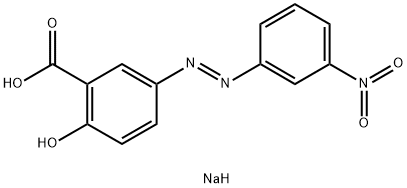
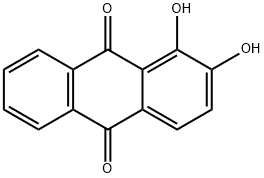

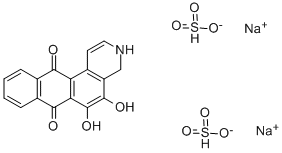
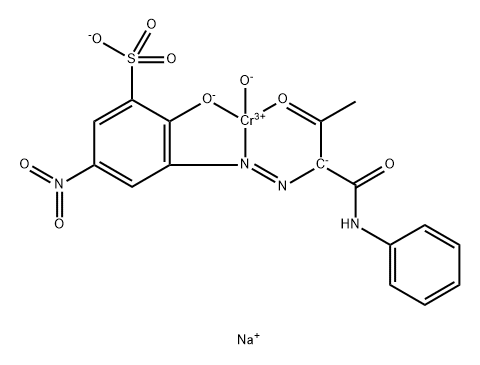
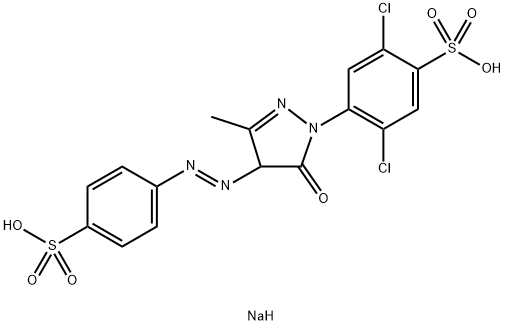
You may like
-
 4430-18-6 Acid violet 43 98%View Details
4430-18-6 Acid violet 43 98%View Details
4430-18-6 -
 4430-18-6 98%View Details
4430-18-6 98%View Details
4430-18-6 -
 Acid violet 43 98%View Details
Acid violet 43 98%View Details -
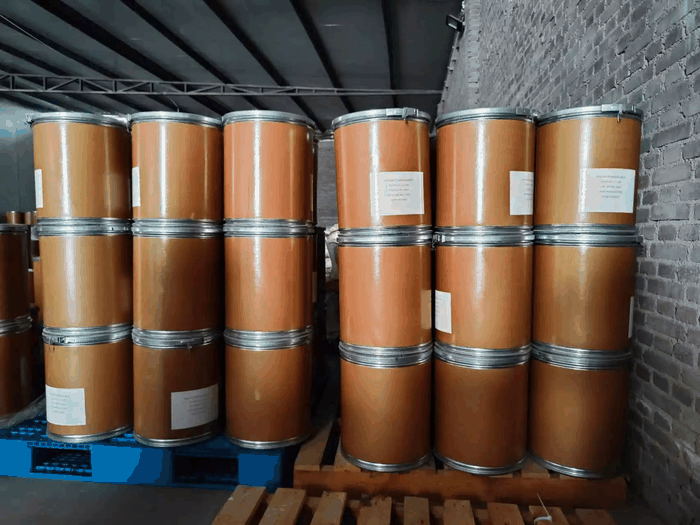 Acid violet 43 4430-18-6 98%View Details
Acid violet 43 4430-18-6 98%View Details
4430-18-6 -
 4430-18-6 98%View Details
4430-18-6 98%View Details
4430-18-6 -
 Acid violet 43 95% CAS 4430-18-6View Details
Acid violet 43 95% CAS 4430-18-6View Details
4430-18-6 -
 Acid Violet 43 98% (HPLC) CAS 4430-18-6View Details
Acid Violet 43 98% (HPLC) CAS 4430-18-6View Details
4430-18-6 -
 Acid Violet 43 CAS 4430-18-6View Details
Acid Violet 43 CAS 4430-18-6View Details
4430-18-6
